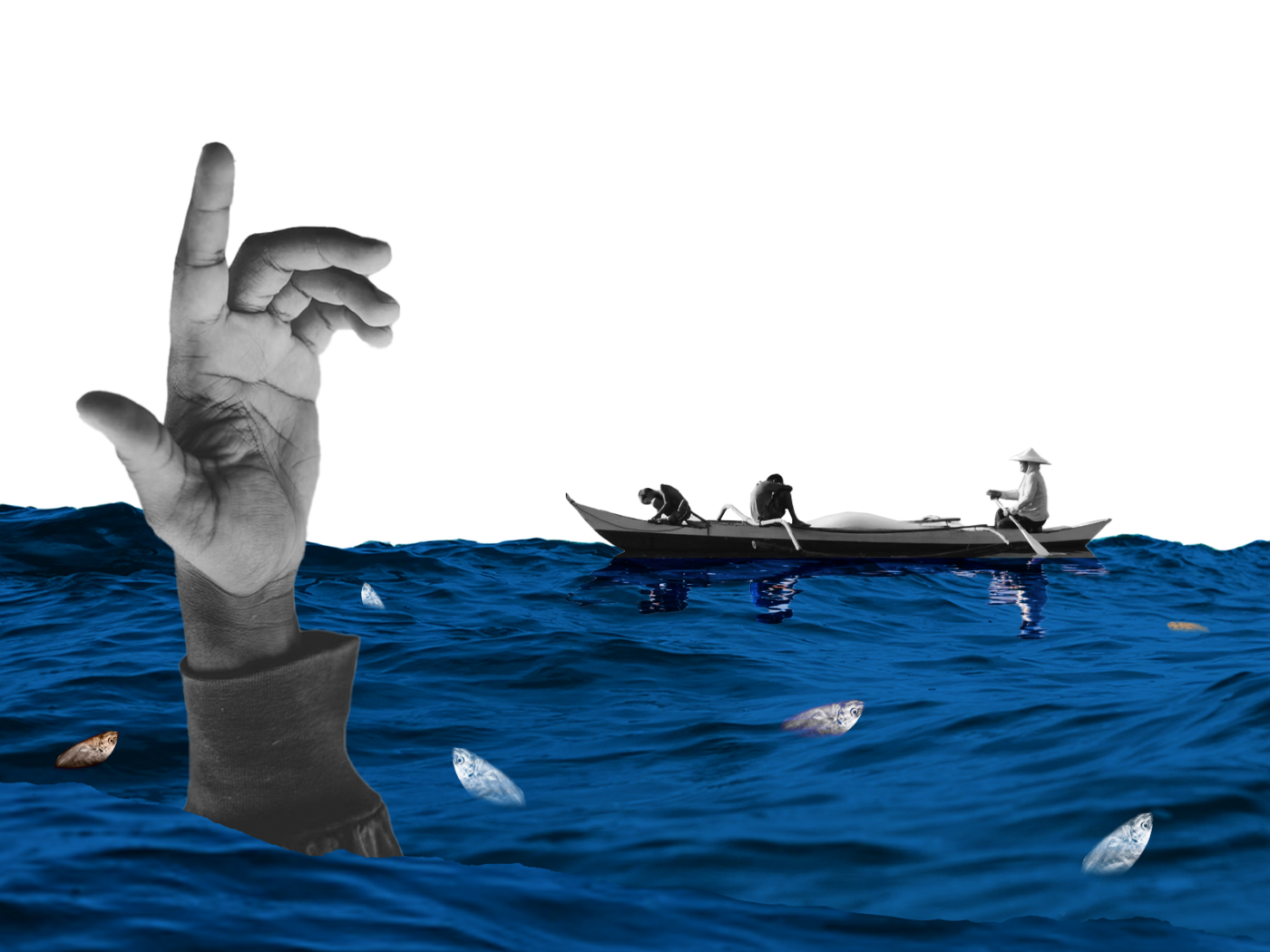THE PHILIPPINES is no stranger to the multitudinal effects of climate change. With climate discourse becoming more prevalent, municipal fishing tends to be seldom discussed despite its consequentiality to the Philippine way of life.
The effects of an ever-changing climate on Philippine waters manifest in all stages of the fishing cycle. From habitat depletion to severe weather dangers, the repercussions of a decades-long fishing spree are fast approaching.
During a 2019 World Wide Fund for Nature (WWF) climate change workshop with local Mindoro fisherfolk, Municipal Fisheries and Aquatic Resources Management Council Chairperson for Mamburao, Mindoro Bernard Mayo highlighted the difference in quantity between current and past hauls due to decreases in aquatic populations as well as the number of available fishing days being reduced by unpredictable weather.
“We catch less small pelagic fish these days. Where before we could catch around 100 kilograms a trip, nowadays we catch less than 50, if anything at all,” Mayo explained.
With the consequences of climate change extending to marine life, declines in local fish populations only exacerbate the status quo of low returns for high-risk work within the industry, leaving the livelihoods of millions of Filipinos hanging in the balance.
Mayo also asserted that the increased strength of typhoons coupled with hotter summers have made fishing a much more daunting task than in the past. The Philippines has the highest global disaster risk due to its position in the Pacific Typhoon Belt, making the country especially susceptible. As these typhoons only worsen, fisherfolk in vulnerable areas are left to deal with a harsh environment rife with greater dangers and fewer opportunities to fish.
For instance, Albay fisherman Federico Laprades Jr. noted in an interview with the United Nations Office for the Coordination of Humanitarian Affairs how Super Typhoon Rolly (Goni) halted his livelihood in 2020. Laprades—like countless other fishermen in his hometown—suffered severe damage to his home and work equipment such as his bangka (small boat).
“We’re used to storms, but this one was really strong; the water level went all the way up from the shoreline to our house. We were scared but we couldn’t really do anything but wait it out,” he said.
As storms become tougher to brave, the country’s food supply consequently faces a great risk. About 18% of the country’s protein intake is seafood, with the Philippines being the world’s eighth largest supplier of fish. In particular, the nation’s poor rely on seafood both as a food source and a means of livelihood. As such, the effects of the climate crisis would not only impact the nation’s economy but compound the plight of the less fortunate.
The environmental concerns faced by fisherfolk today pose a threat beyond the regular off-season. As the country bears current environmental tensions in the fishing industry, further complications may continue to wear the trade down. Whether the nation will be equipped to adapt to these ever-growing threats remains to be seen.




